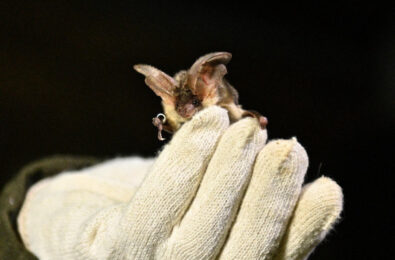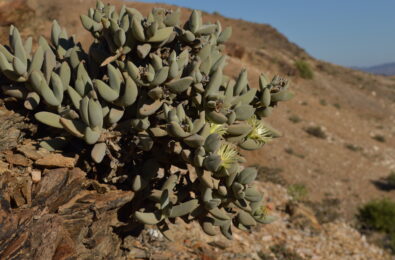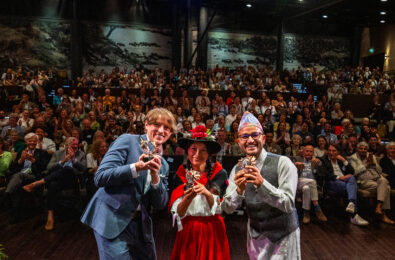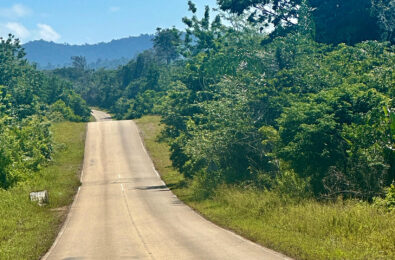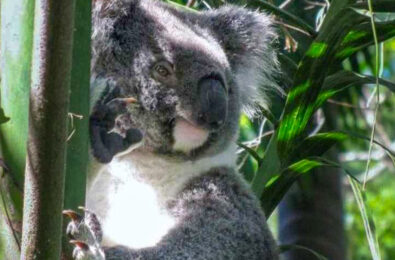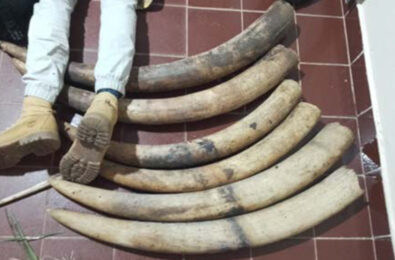Giant Armadillos with Tiny trackers: GPS technology in conservation efforts
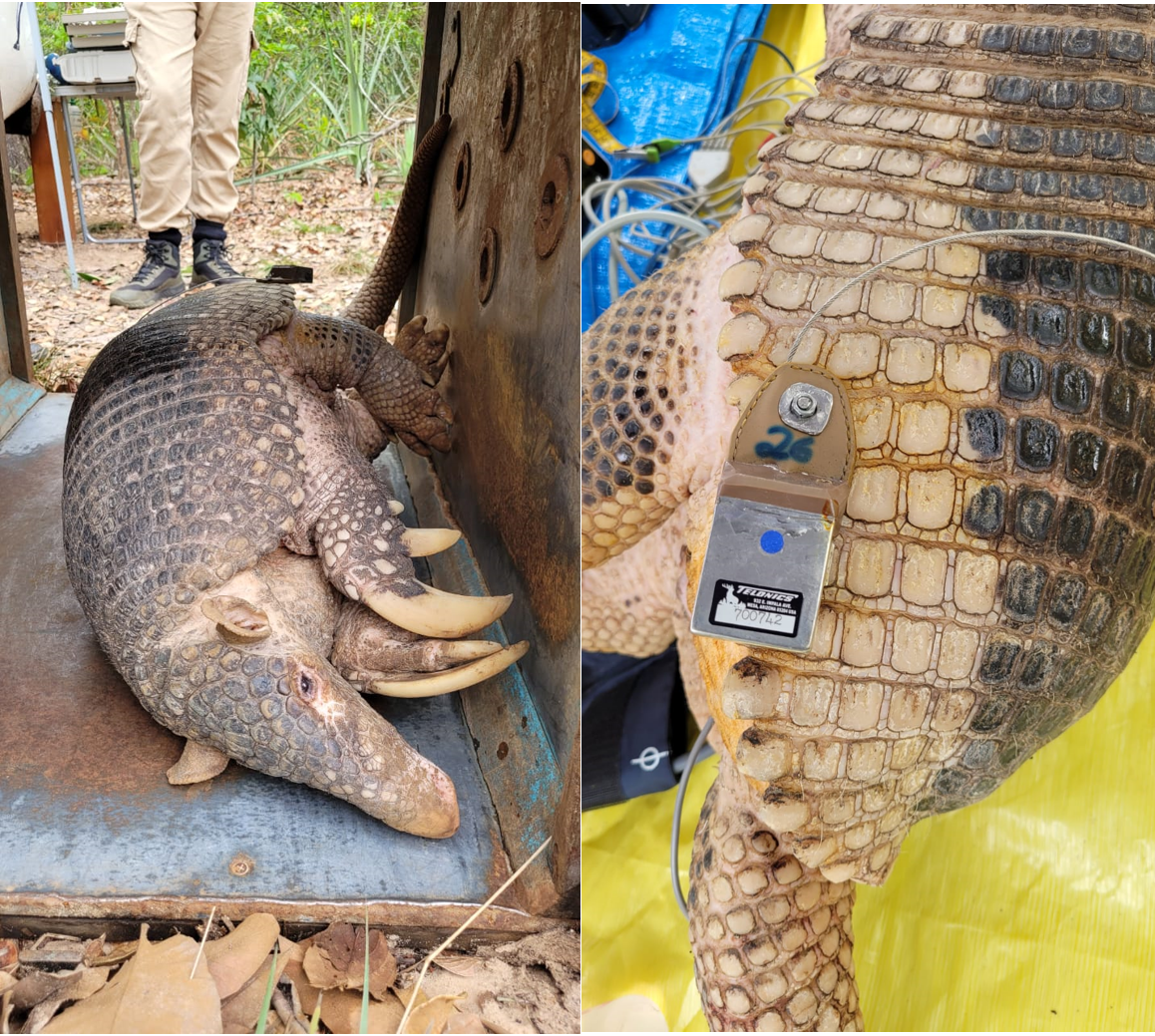
The sun has set on the tropical wetlands of the Brazilian Pantanal when Stacy emerges from her home to start her nocturnal routine. At seven years old, 153cm in length and weighing 53kg, Stacy is one of the rare few Giant Armadillos roaming the flooded grasslands in search of food during the night, before retreating to their burrows for the day.
Gabriel Massocato (FFN winner 2022) and his team within the Wild Animal Conservation Institute (ICAS) in Brazil have been studying Giant Armadillos in the Pantanal as part of the Giant Armadillo Project, working towards the conservation of this vulnerable species. Stacy has been one of the targets of these observations for a while, with the team monitoring her since November 2021.
Keeping an eye on these nocturnal animals is no easy task for conservationists. To collect observations on them, Gabriel and his team had to match their routine; shifting into a night schedule to be able to gather data on their behaviour and habits. However, one of the latest additions to their arsenal made their lives easier by eliminating this need: the GPS tag.
In addition to freeing up Gabriel’s evening, these tags allow him and his team to monitor the movements of the giant armadillos with more consistency and accuracy, by recording locations every 7 minutes. Using GPS tags has really helped improve the process and represents an example of technology coming to the aid of conservation efforts, through helping monitor these animals.
In late September this year, Gabriel’s team managed to recapture Stacy. The team’s veterinarian gave her a routine examination, yielding valuable insight into the health of not just Stacy, but also of the local population and the environment in which they live. Before letting her go back to her normal life, they attached one of the new GPS transmitters to Stacy.

Stacy (left) resting after being captured by the Giant Armadillo Project team, who equipped her with one of the new GPS trackers (right)
While these scaly mammals are now a rare sight, this has not always been the case. Giant armadillos are threatened from multiple fronts: hunting, illegal trade, and loss of habitat due to fires and emerging disease led to the population dropping to almost half within the last three decades – and many of those threats still loom over Stacy and her conspecifics.
At the same time, these effects on the population largely go unnoticed. Gabriel highlights how this substantial impact flies under the radar, as “these prehistoric-looking animals are very elusive and have actually disappeared in many areas throughout their range without anyone noticing.”
Gabriel, understanding the extent of the issue, is committed to safeguarding the dwindling population of giant armadillos in Brazil. Over the past decade, he and his team have been working hard on taking action and developing new approaches to study this underappreciated animal.
Working together with local communities and institutions, the Giant Armadillo Project has been breaking ground on ways to better understand, and protect, its namesake. Ranging from organising fire brigades and raising awareness to monitoring individual members of the species, their efforts have been fruitful, but the struggle is far from over.
For now Gabriel said goodbye to Stacy while she returns safely to her burrow – actively contributing data about her species in the fight against the threats to her survival.
Stacy running back to her burrow as soon as the Giant Armadillo Project Team releases her.







